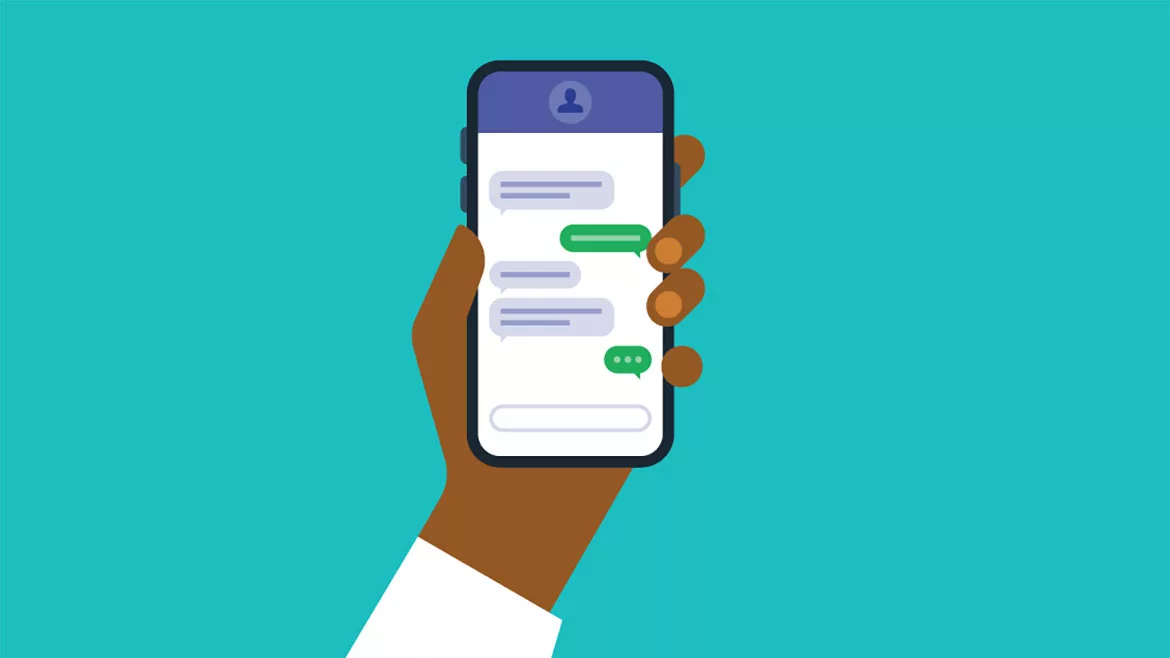Guest Editorial | Tom Sheahan
How to utilize two-way texting with customers
Bolster customer communication and satisfaction using two-way texting.

Most plumbing contractors have long understood the important role communication plays in the client/vendor relationship. That communication historically has come in many forms — phone calls, emails and follow-up survey requests. In the last decade or so, text messages have found their place among the communication channels most utilized by plumbing contractors. From the pre-appointment reminder message to the post-appointment review request message, text messages are now part of standard operating measures for many plumbing businesses. But now may be the time to take that communication further.
Enter: two-way texting
When it comes to the plumbing industry’s usage of short message service (SMS), the customer is almost always the recipient of a text generated by the plumbing contractor. That defines one-way texting. Certainly, one-way texting has its place in the industry and offers a meaningful step forward in quick, efficient customer communication. But two-way texting, when a customer can proactively text your business and receive a response or have an entire digital conversation, offers a way to bolster client communication and as a result, satisfaction.
Keep in mind that a single response to a received text message counts as two-way texting but does not usually offer the ability to have a full conversation. For example, if you send a message that says, “Your appointment is confirmed for Friday, May 2 at 1 p.m. Respond END to cancel,” and someone does in fact respond with “END,” that communication is two-way texting (though not very personable). Enhancing your two-way texting campaigns can have broader benefits.
When to two-way
Finding a two-way texting partner that offers both one and two-way texting together, within the same software solution, will allow you to streamline texting efforts. After all, not every text message campaign warrants a response (that “text END to cancel” message from above is perfectly suitable). Having capabilities to both one-way and two-way text allows plumbing contractors to use the best method depending on the situation.
Tackling two-way texting
Just like one-way texting — or any form of client communication for that matter — there are best practices to keep in mind for two-way texting. One note first is that any texting campaign must receive explicit opt-in from customers. If a customer finds a phone number for texting on your website and texts it, you should still require explicit text consent to ensure compliance.
- Have real people responding: If your business is open to receive texts at any time, there needs to be a real person to respond (not just an automated system). That doesn’t mean people should work around the clock; it does mean you can automate an out-of-office message to be sent when texting isn’t available. Something like, “Thanks for your message! Our SMS team will respond during our regular business hours: Monday – Friday 8 a.m. – 6 p.m.,” would work well.
- Train staff to manage text messages: While most call center or business development professionals will be able to transition well to answer text message inquiries, some additional training will be required. Create documents that share the importance of proper spelling and grammar, as well as authenticity — just like with phone calls.
- Use a dedicated number: In order to provide texting support to customers time and time again, utilize a phone number that stays consistent over time, this will allow your customers to store the number in their contacts to contact you again in the future.
- Use a local area code: Some texting solutions assign phone numbers for businesses to use at random. You’ll want to avoid that. Since plumbers are specifically working in certain areas, you’ll want to use an area code that is familiar and local.
- Keep messages quick, clean and simple: Text messaging should not be an avenue to troubleshoot plumbing issues with customers; it should be a place for customers to ask questions and receive a quick response. Train staff to respond quickly to keep the efficiency of text messages in place. Also, this is hopefully implied, but keep messages clear of problematic topics and personal information.
Two-way texting gives plumbing and other contractors another way to communicate with customers. More communication can create a better customer experience. Examples of texts that can be sent include:
- Appointment reminders are great, but more specific communication such as, “Your plumber, Terry, is on the way. He is wearing a blue uniform and will have a marked van. He should arrive in 15 – 30 minutes” is more specific and may warrant a response or question;
- A link to an estimate can offer an excuse to follow up and ask if the customer has questions; and
- Send a reminder that annual maintenance is now due. Use text to also remind customers what days/times they can schedule an appointment.
Take your time when creating a two-way texting campaign. Lay out exactly what topics are off-the-table for texting and teach team members how to respond to those inquiries. Like all marketing initiatives, there may be a little trial and error to two-way texting, but with time, it can be a valuable tool that differentiates your business from competitors and enhances the customer experience.
Looking for a reprint of this article?
From high-res PDFs to custom plaques, order your copy today!








